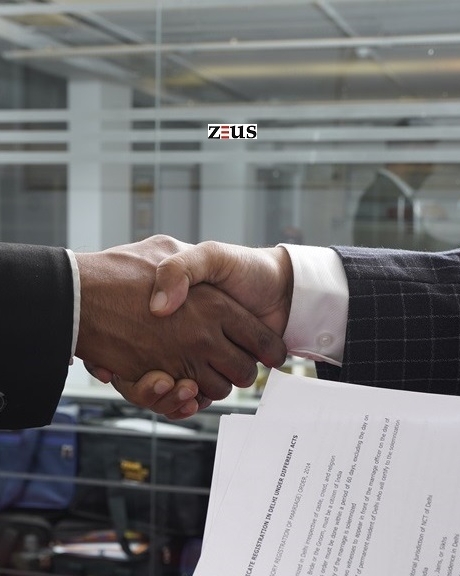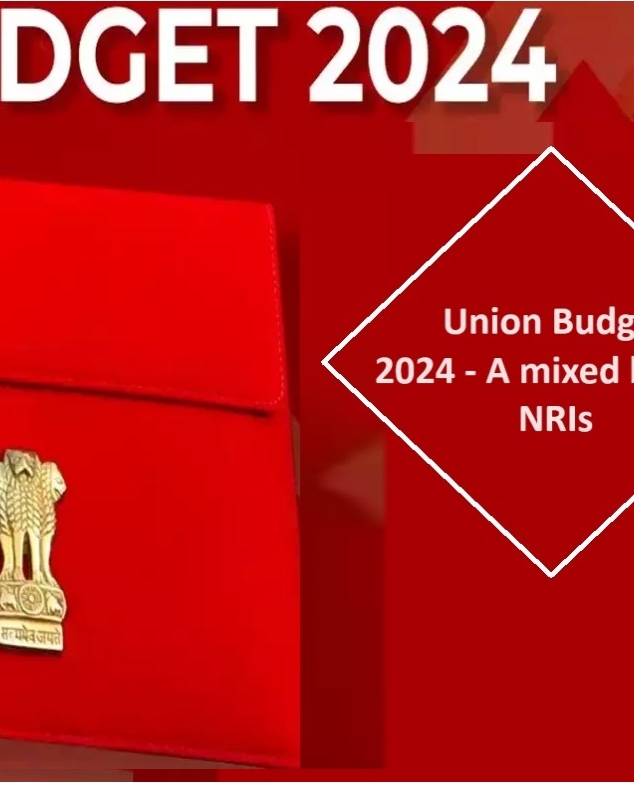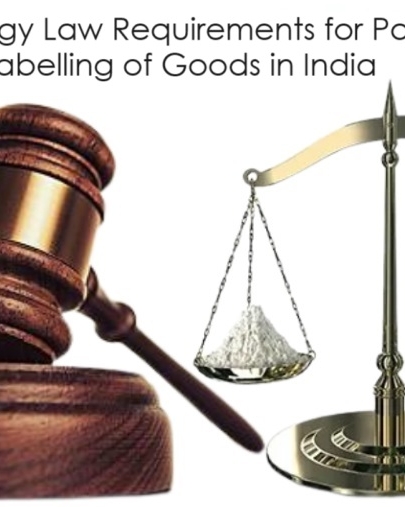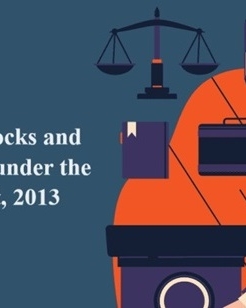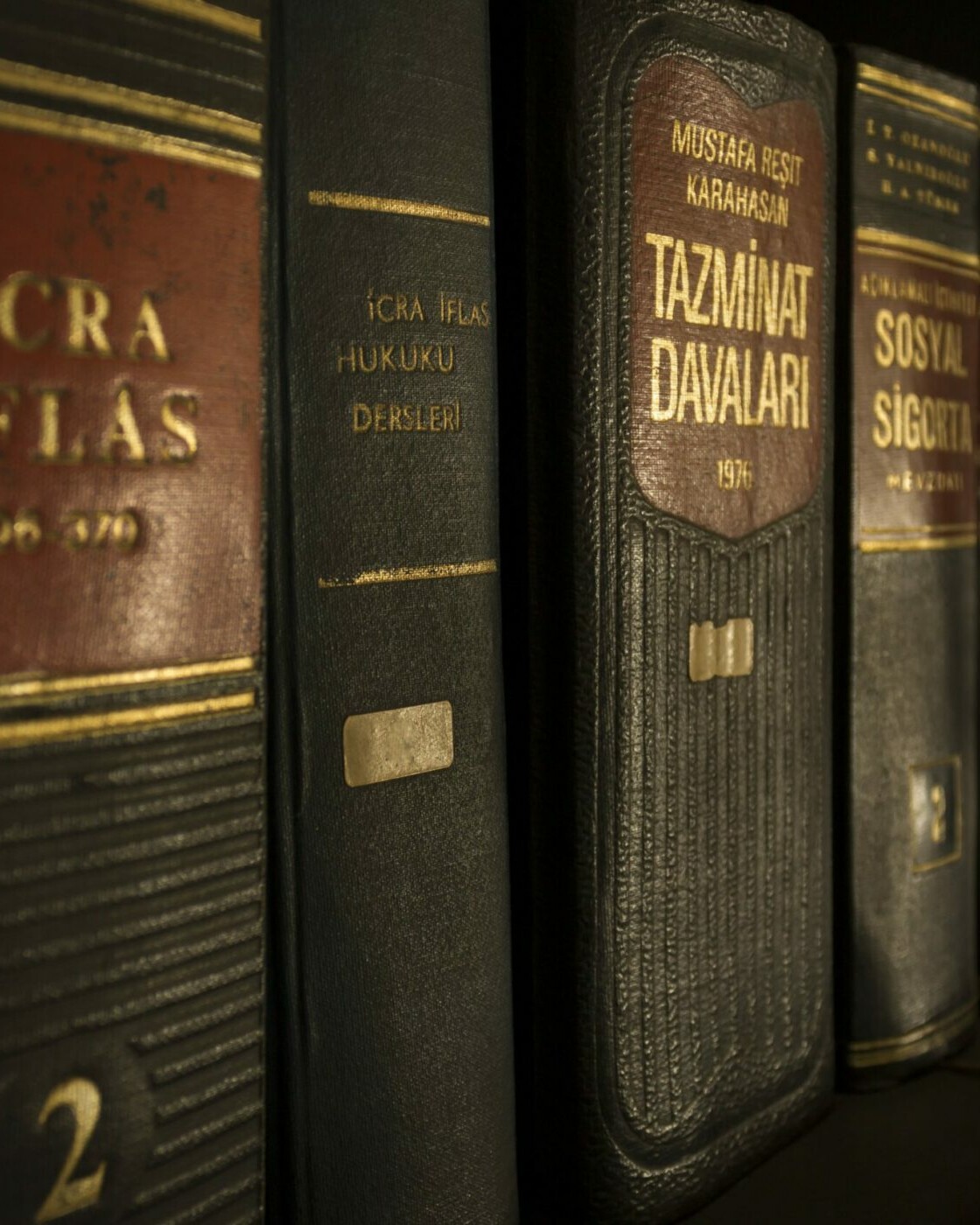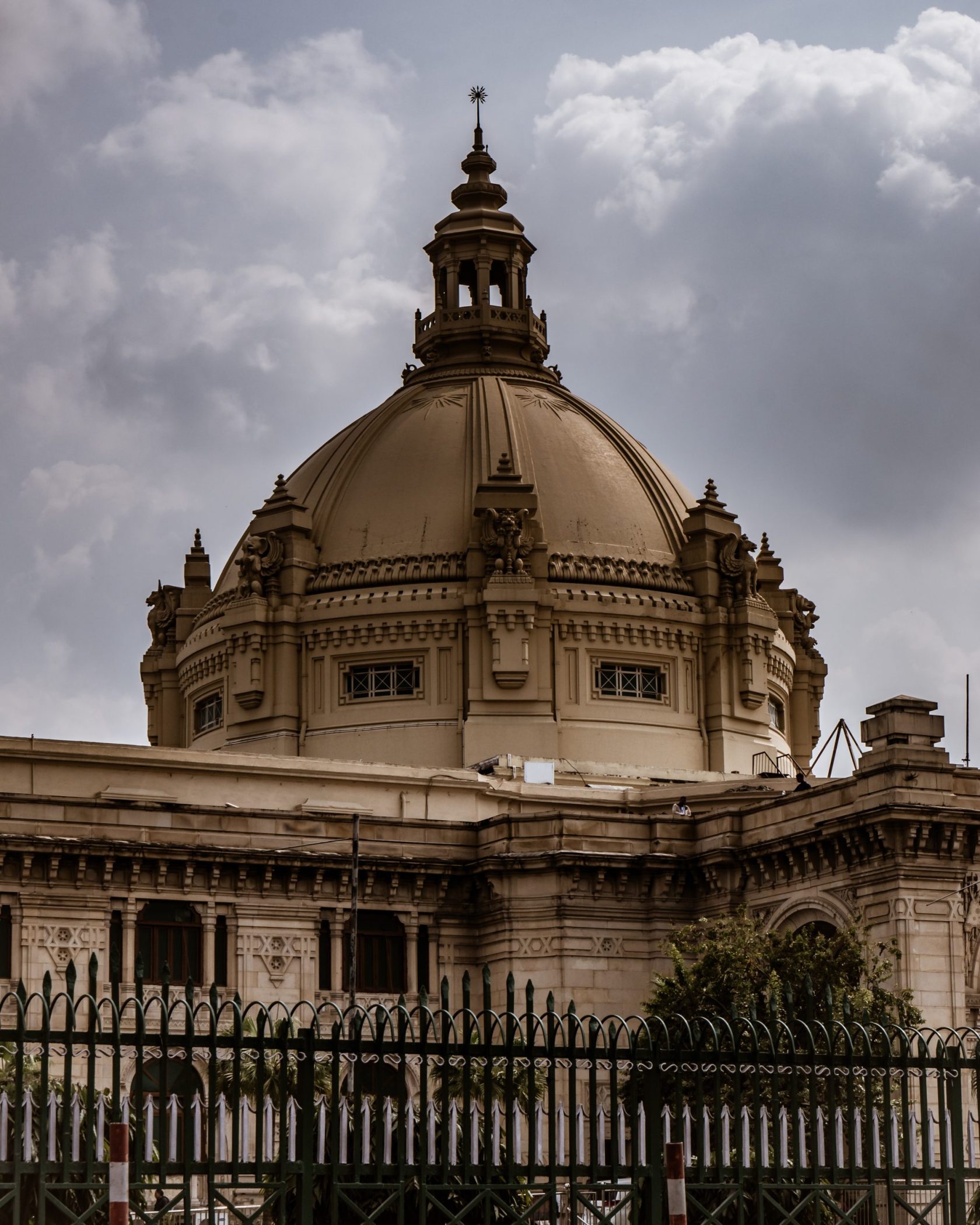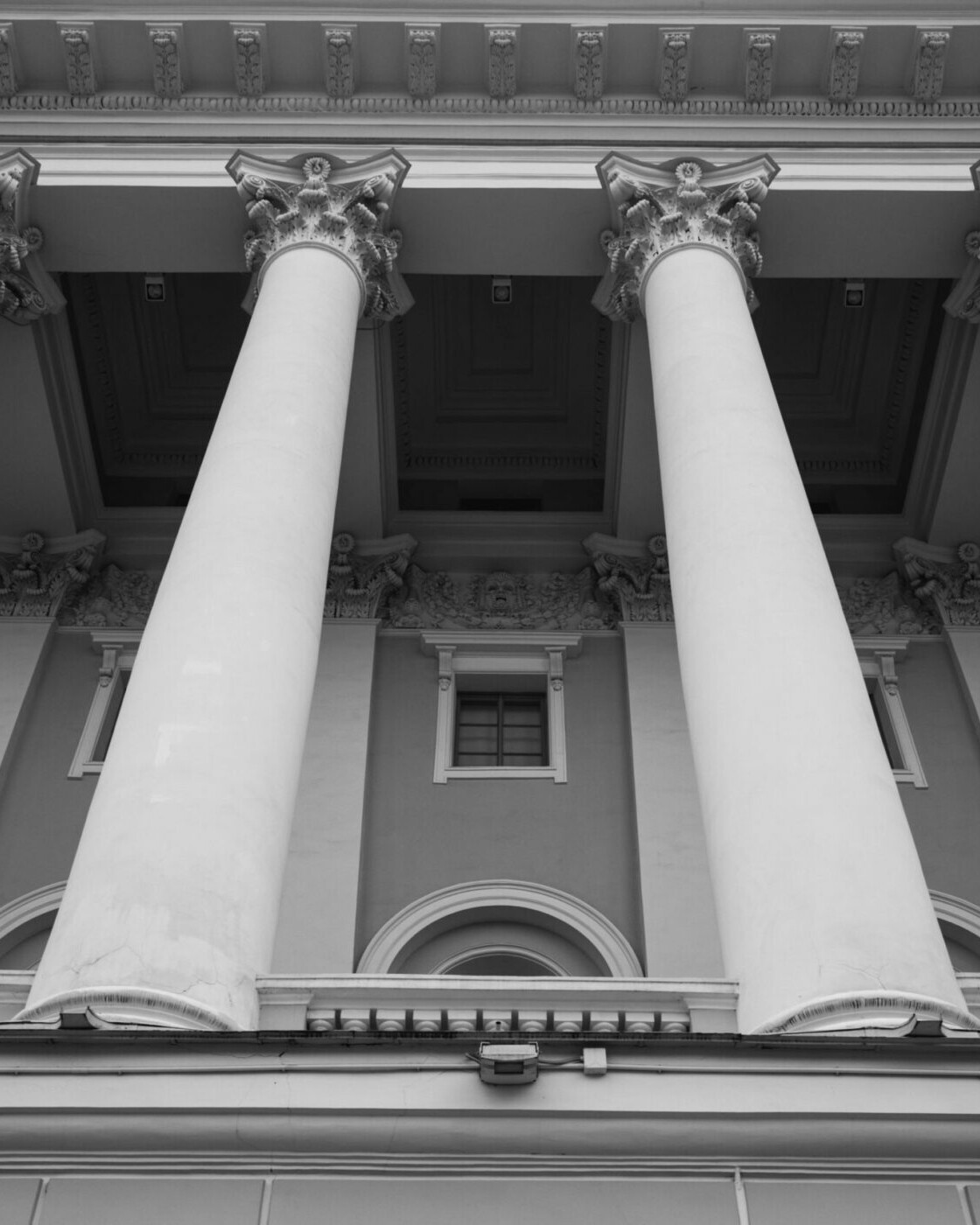The unravelling of the Delhi’s Ridges and Riches: The Impact of Sonya Ghosh vs. Government of National Capital Territory of Delhi (OA/58/2013)
Author: Mr. Vishnu Anand, Partner & Mr. Naman Dutt, Associate at ZEUS Law
Published in Livelaw on 05th January 2023
Delhi, the city that abodes the infamous Delhi Ridge and the river Yamuna, has been one of the more prolific capitals in the world. With the influence of the city’s heritage and cultural influx, Delhi has seen it all. The Ridge as it is known, has been nomenclatured as Delhi’s ‘Green Lungs’, and has been protected and preserved ever since the 14th Century, when Ghiyas-ud-Din Tughlaq built the fort city of Tughlaqabad right beside the present day Asola Bhatti Wildlife Sanctuary. The importance and cultural influence of the Ridge has continued from the eras of Tughlaqs to Mughals to Britishers to the present-day Indian Government and Delhi Government. In 1800s, the Delhi Ridge used to continue in one flow, from the north to south, unlike today’s scattered and whispering away conditions. The efforts of the Britishers in order to safeguard the Delhi’s Ridge and lush greens included the restoration of various Mughal gardens and rapid afforestation to turn Delhi into “a sea of foliage”. This conservation spirit has led to various administrative and legislative efforts including judicial initiatives of the people of Delhi.
As per the State of Forest Report, 2021, approximately 23% (twenty-three percent) of the geographical area of Delhi is Forest and Tree Cover, whereas, in 2001, the Forest and Tree Cover was a meagre approximate 10% (ten percent) of the total geographic area. The increase in the Forest and Tree Covers in the capital has been a result of the efforts of various activists like M.C. Mehta and Sonya Ghosh, along with the efforts of the Department of Forest & Wildlife, Delhi Government.
However, while there has been a laudable effort and result in increasing and preserving Delhi’s ‘Green Lungs’ by the parties involved including a 1994 Notification whereby the Delhi Ridge was declared as a ‘Reserved Forest’, there also have been simultaneous administrative and judicial issues relating to encroachment, demarcation, consolidation and preservation of the Green Cover of the Delhi Ridge that has affected the departments concerned and the residents of southern area of Delhi. Approximately 6200 hectares which is 78% (seventy-eight percent) of the Delhi Ridge comes under the Southern Forest Division of the Department of Forest & Wildlife, Delhi Government.
As on date, there is an ongoing judicial, legislative, and administrative debacle that is present in the Southern Forest Division, with multitudes of litigations and administrative proceedings currently on going or have been filed since 2014 with respect to the issues relating to, and arising out of, the southern region of the Delhi Ridge.
The Case of Sonya Ghosh vs. Govt. of NCT of Delhi [OA/58/2013] (hereinafter referred to as “Sonya Ghosh Case”) decided by the Principal Bench, National Green Tribunal on 15.01.2021 has been one of the major factors in the protection and conservation of the Delhi Ridge, but also one of the key triggering points for the current legislative, administrative and judicial debacle in Delhi Ridge. The proceedings of the Sonya Ghosh Case have quintessentially impacted the Southern Ridge which includes the areas of Fatehpuri Beri, Bhatti, Asola, Deoli, Shahpur, etc. and it brings it with the administrative and legislative issues of demarcation, consolidation, declaration of land as Forest Land, demolition of private properties, etc.
The Sonya Ghosh Case deals with the conservation and protection of the Delhi Ridge, and was initiated on the basis of a news item titled, ‘Three Illegal Roads cut through Forest’ published in the Times of India on 28.02.2013, wherein, it was reported that there have been various instances of road cutting across the Rajokri Forest in the southern Ridge, along with various encroachments by private and religious entities in Sanjay Van. The intent behind the case is to ensure that the Delhi Ridge, which had been declared as a ‘Reserved Forest’ in 1994, and the uncultivated Gaon Sabha declared as ‘Reserved Forest in 1996, are preserved and protected.
During the course of the Sonya Ghosh Case, it was observed by the Hon’ble National Green Tribunal that the various portions of the ‘Reserved Forest’ land falling under the Delhi Ridge are in undefined state, and that there is requirement for a fresh demarcation in Tehsil Saket as the majority portion of the southern area of Delhi Ridge comes under it. This observation of the Hon’ble National Green Tribunal in the Sonya Ghosh Case is one of the major set off points for the present day judicial, legislative and administrative debacle in the southern region of the Delhi Ridge.
Pursuant to the observation by the Hon’ble National Green Tribunal, the Sub-District Magistrate, South, Department of Revenue and other concerned authorities had taken up the task to conduct the fresh demarcation of the 7 (seven) villages coming in the Tehsil Saket. As per demarcation procedure laid down under Section 101 of the Punjab Land Revenue Act, 1887, the following procedure is to be followed for the demarcation:
- Fix the three (3) reference points, which have to be undisturbed points- i.e., they must be ‘pukhta’ points which have withstood the test of time;
- The three (3) points have to be in three (3) different directions of the place in dispute
- The three (3) points have to be as near as possible of the place question- in no case more than 200 kadam;
- The three (3) points have to be agreed by the Parties concerned- i.e., the consent of the landowners is a must;
- Thereafter, to set up the field for measurement:
- The concerned authority has to measure the distance between each of these points and corelate it to the scale on the map to verify that the measurement is accurate;
- if the distances match, the concerned authority has to draw lines, on the map, connecting all the three points to each other, thus, creating a triangle with respect to the place in dispute;
- thereafter, the concerned authority must draw a perpendicular from each of the 3 (three) lines so created, to each of the points that needs to be marked or measured on the ground;
- then the concerned authority will test the work to make sure that the distance (on scale) in the map agrees with the actual distance on the ground;
- if that is so, then the process moves to conclusion by drawing out the diagonals, curves etc. on the map;
- carry out the demarcation.
However, the concerned authorities, in complete offshoot, changed the demarcation process to a new Geo-Spatial mapping and Satellites base system. Though the area of the land remained the same, the lay of land changed significantly. The use of the new satellite method for the demarcation in the 7 (seven) villages in Tehsil Saket has led to considerable divergence between the existing revenue records and the new layout as claimed by the Department of Revenue and Department of Forest. The Authorities have failed to reconcile the demarcation carried out using satellite technology with the existing demarcation record maintained by the Department of Revenue, thus putting a big question mark on the same. As on date, the maps created vide the satellite system do not match with any of the revenue maps maintained by the Department of Revenue since 1908.
Thereafter, in 2018, the Delhi Government, on the basis of the new satellite-based demarcation map, started a demolition drive in the village Asola, wherein, various boundaries and farmhouses were demolished. In many such cases, the right of way of these farmhouses and residences was blocked on the basis of the new demarcated maps. The said demolition exercise conducted by the Delhi Government was challenged by a plethora of property owners and residents of the village Asola before the Hon’ble Delhi High Court, and in many cases, the Hon’ble High Court had granted Status Quo in favor of the property owners and residents. Pursuant to these Status Quo Orders granted by the Hon’ble High Court, the demolition drives were stayed by the Delhi Government, only to be restarted by them post the judgement in the Sonya Ghosh Case.
In the Sonya Ghosh Case, the Hon’ble National Green Tribunal had observed that there is an urgent need to take necessary actions to protect the Ridge by taking necessary steps as required. This included issuance of a Notification under Section 20 of the Indian Forest Act,1927 i.e., ‘Notification declaring forest reserved’, by Delhi Government. However, to the best of knowledge, till date no such notification has been issued by the Delhi Government. The Delhi Government was directed to issue the Notification under Section 20 of the Indian Forest Act, 1927, and suitable protection by fencing/wall and vigilance for the removing of encroachments in the area.
However, pursuant to the judgement in the Sonya Ghosh Case, the Delhi Government without following the procedure under the Indian Forest Act started a demolition drive in the village Asola and Bhatti. These demolitions were based on the new map created by the Delhi Government. Consequently, the various property owners and residents of the villages Asola and Bhatti being aggrieved by the demolitions, filed multiple Petitions and representations before the Hon’ble Delhi High Court. The Hon’ble Delhi High Court again granted various Status Quo Orders in favor of these farmhouse owners and residents.
In May 2022, the Hon’ble Delhi High Court, in a Writ Petition ‘Asola Homes Welfare Association vs. Government of NCT of Delhi’ bearing W.P. (C) 8052/2022, had observed that there is a requirement for a fresh and proper demarcation is required in the village Asola. This observation reflects the issues that arose due to the Sonya Ghosh Case. As of date, proceedings before the Learned Deputy Commissioner are pending for the fresh demarcation of the village Asola.
The issues with the Sonya Ghosh Case are not the legal implications that aim to preserve and protect the Green Lungs of Delhi, but the ambiguity and lack of clarity with regard to the process and procedure to be followed to ensure that the rights of parties involved are protected. The situation would have been different if there was a proper demarcation to define and protect the ‘Reserved Forest Land’ in the Delhi Ridge. As on date in such situation, the underlying end goal of the identification, preservation and conservation of the Delhi Ridge has not been achieved. The various demolitions during and pursuant to the Sonya Ghosh Case has affected the safety, security, right of way, of the various residents of the villages in the southern region of the Delhi Ridge including Asola and Bhatti.
Though the Sonya Ghosh Case is one of the important judicial pronouncements by the Hon’ble National Green Tribunal which positively impacts the entire National Capital Territory of Delhi, the unraveling of the implications of this case due to the factors involved has led to a niche problem for the property owners and residents of Delhi. Thus, the Sonya Ghosh Case leads to a dispute between the government authorities and property owners with regard to the boundaries of their respective properties.
A pragmatic solution to ensure proper implementation of the Sonya Ghosh includes a fresh demarcation in the villages concerned and settling of all disputes related to boundaries with active participation of all property owners and government authorities. This would help in maintaining the Forest and Green Cover. Furthermore, active efforts by the concerned government authorities such as monitoring is required to ensure the protection and conservation of Delhi’s ‘Green Lungs’. Witnessing the rampant rise in the pollution levels in the capital city, it is of utmost importance that the Delhi Ridge is conserved for sustainable development.
Thus, with the active participation of property owners and actions of the Delhi Government, the purpose of preserving the Delhi’s ‘Green Lungs’ can be achieved.




